Quality Management | Probability Distributions
Binomial Poisson Normal Charts Histograms Hypothesis Testing
When the generation of data, such as manufacturing, is stable, the resulting data set tends to form a pattern. This pattern is a distribution of data around a given desired value. This distribution can vary in location, shape or spread (distance).
There are two basic types of distribution; discrete or continuous. Discrete distributions compose of whole integer values, such as the possible numbers that may arise when rolling a set number of dice. Continuous data, on the other hand, correlates to real numbers (values with a decimal point) between a range of limits.
Control Charts are used to provide the visual representation of such data. There are numerous types of control charts. The chart you choose depends on the data you’re working with. Below is an outline that describes this.

If your data is continuous, then you would typically calculate as a “normal distribution”, If it is discrete, and there are data limits, then you could use “Binomial” or “Poisson” distributions.
Likewise, for continuous data, you might present using an I-MR chart, for example, while discrete data may use a “p” chart.